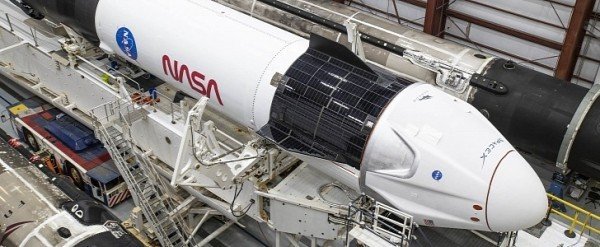Crew Dragon Becomes First Private Spacecraft Certified by NASA

Because of some problems encountered along the way, Boeing was left far behind by Elon Musk's company, and the Crew Dragon became this week "the first commercial spacecraft system in history capable of transporting humans to and from the International Space Station."
NASA's decision comes after Crew Dragon flew both by itself and with people on board to the ISS and back. Both flights were test ones, and the real first mission, the one that will be written in the history books, comes later this month as Crew-1.
"Thank you to NASA for their continued support of SpaceX and partnership in achieving this goal," said Elon Musk. "I could not be more proud of everyone at SpaceX and all of our suppliers who worked incredibly hard to develop, test, and fly the first commercial human spaceflight system in history to be certified by NASA. This is a great honor that inspires confidence in our endeavor to return to the Moon, travel to Mars, and ultimately help humanity become multi-planetary."
Crew-1 is scheduled to take off on Saturday, November 14, from Launch Complex 39A at NASA's Kennedy Space Center in Florida. It was initially scheduled at the end of October, but "off-nominal behavior of Falcon 9 first stage engine gas generators," got it pushed to this week.
Crew-1 takes to the ISS four people: NASA astronauts Shannon Walker, Victor Glover and Mike Hopkins, and JAXA astronaut Soichi Noguchi. They will be flown to the station in a capsule called Resilience – the previous one used during the test flight was called Endeavour by its crew.
Nouvelles connexes


